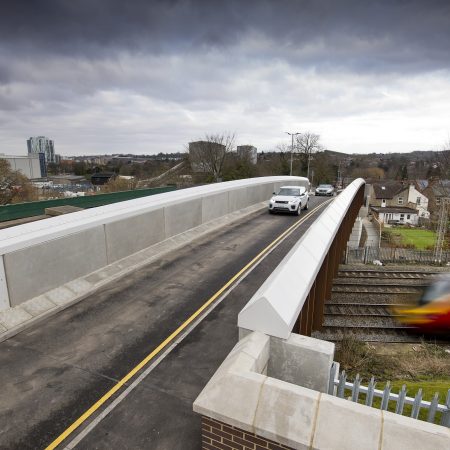Priorities Beyond the Physical Build can have a Big Impact on Overall Project Value
Delivering maximum value from every infrastructure investment is a recurring theme. And rightly so. A narrow focus on price and individual project deliverables won’t deliver the goals of long-term lifetime asset cost, improved asset availability or minimal disruption to the network.
The narrow view will also fail to deliver sustainable contractor and supply chain business models. We need these if we are to build and maintain the world class infrastructure essential for national prosperity.
The question is, how can we best move from the self-defeating project and price focused model to one where decisions and actions are driven by clearer priorities and a shared commitment to delivering the best quality and value?
It all starts with relationships and trust. The benefits of innovation and greater efficiency have to be shared. The flip side of this is that contractors must also shoulder some of the risk. We cannot look to add-ons and contract variations to compensate for low-ball pricing or poor planning. This leads to adversarial relationships and energy wasted on zero-value disputes.
Arms-length client-contractor-supplier relationships have to become a thing of the past. All partners have a part to play in creating a detailed picture of the network and assets. By pooling expertise we can prioritise the risks and opportunities of works that are needed now or in the foreseeable future.
Closer collaboration between designers, contractors and specialist supply chains can transform the way we plan and execute infrastructure works. Value comes not from delivering what each project demands but from designing and planning the works to deliver maximum value from every possession or closure.
We should aim to make every possession as short and intense as we can. This not only minimises the immediate disruption, it also means that we can tick off the maximum number of additional works that have a significant risk of causing further closures or repairs.
Every time we have to close a section of highway or rail track we have the additional cost of moving people, equipment and materials to the site. Repeating this when it can be avoided sucks value out of the process and the budget.
Better information and more collaboration give us all clearer priorities for how we can spend ever-tighter infrastructure budgets more wisely. These priorities are the route to better planning and achieving better value.

